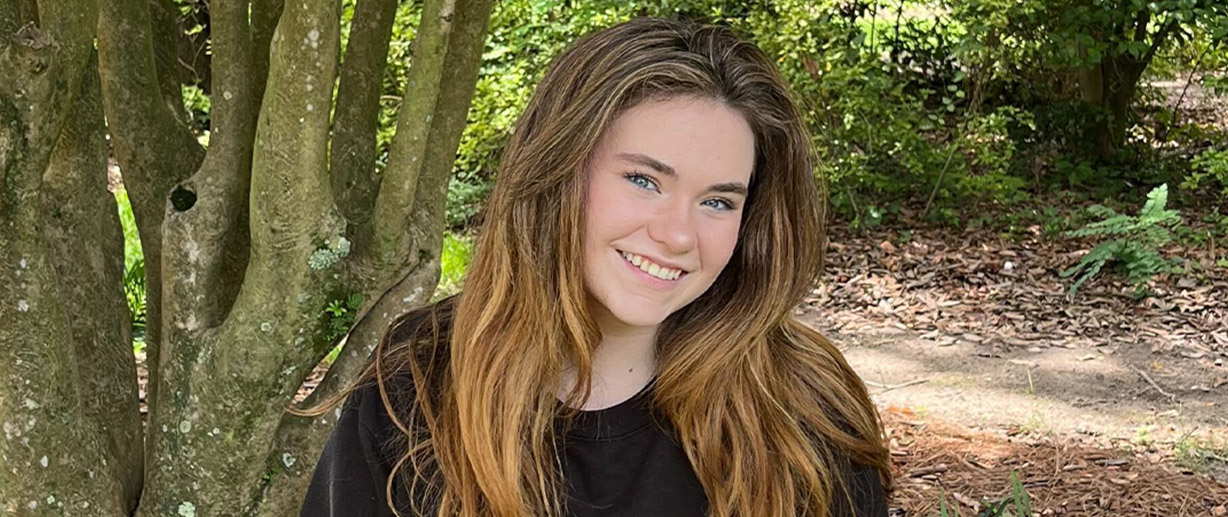By Brandi Wylie ’24
Alexandra Key ’23 recently got the opportunity to see her hometown in a way she never had before.
Key, a history and English double major from Charleston, South Carolina, attended Clemson University and the College of Charleston’s Historic Preservation summer institute.
The four-day program allowed 12 undergraduate students from around the country to explore the historic preservation efforts within the historic district of Charleston. The program began with a lecture from a professional in the field and explored seven sites over the four days.
This summer is the first time since the pandemic that students were able to participate, and it was with the recommendation from Dr. Jessica Tomkins, a Wofford assistant professor of history, that Key heard about and applied to the program.
Key’s main goal was to use the hands-on experiences to figure out which aspects of historic preservation interest her the most, since that is what she will likely pursue in graduate school.
“I think Alexandra has a broad interest in the ways different disciplines can interpret the past,” Tomkins says. “I was excited for her to attend this institute so that she could gain experience with how cultural heritage professionals need to be interdisciplinary and use the multiple interpretative lenses she is interested in.”
Tomkins was glad to see Key experience the program and for Wofford to play a part in her ability to do so.
“Alexandra’s participation in the institute is a testament to Wofford’s support of student interests and their professional development,” Tomkins says.
Dr. Dwain Pruitt, Wofford’s chief equity officer, and his office funded Key’s experience.
Although this was the first time that his office funded a student initiative, he says that it is something that he hopes to do more of.
“One of the things that led to this office’s creation is that we are talking about history and memory, so part of what this office is committed to is helping students who want to explore the past and engage with how we remember the past,” Pruitt says. “Any student who wants to do this type of investigation, we will support.”
Key’s experience fulfilled this objective and brought her into places that she had grown up around in the Charleston area but never fully knew of their cultural or historical significance.
“What drew me to the Nathaniel Russell house the most is how far they’ve come in trying to piece together the stories of unnamed individuals, like the enslaved people who were kept in the house unrecorded,” Key says.
She also learned and explained the significance of two types of historic preservation.
“You have to figure out whether you want to restore the room to what it originally looked like or the bare bones that we found it,” she says.
This was specifically prevalent in the Nathaniel Russell House because of the beautiful architecture that they found within the stories of the people that suffered there.
“There’s a fine line between letting the aesthetics of an old house take over versus the oftentimes harrowing stories of individuals that lived there, often going unspoken for,” Key says.
